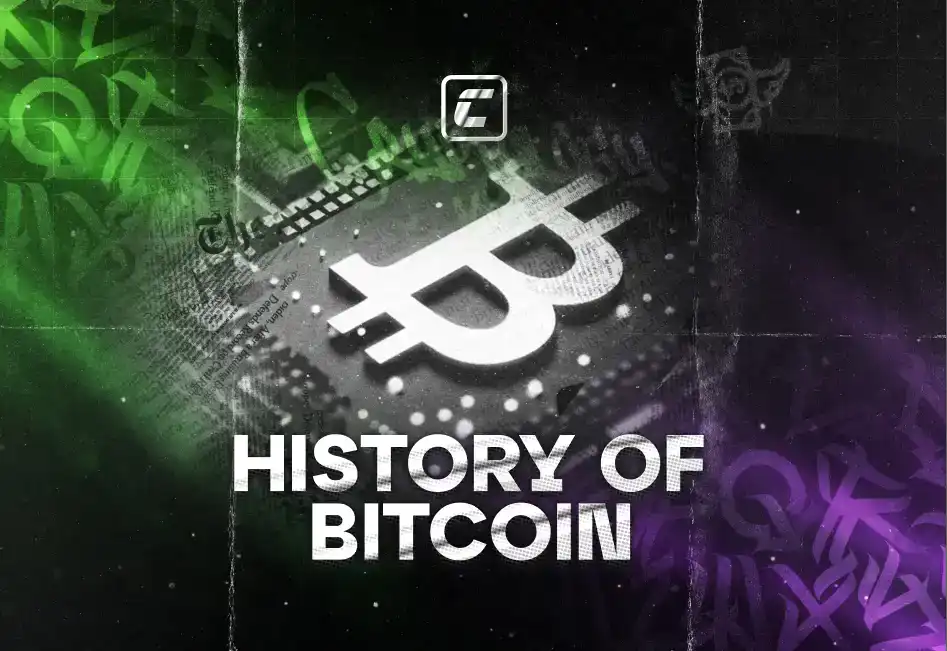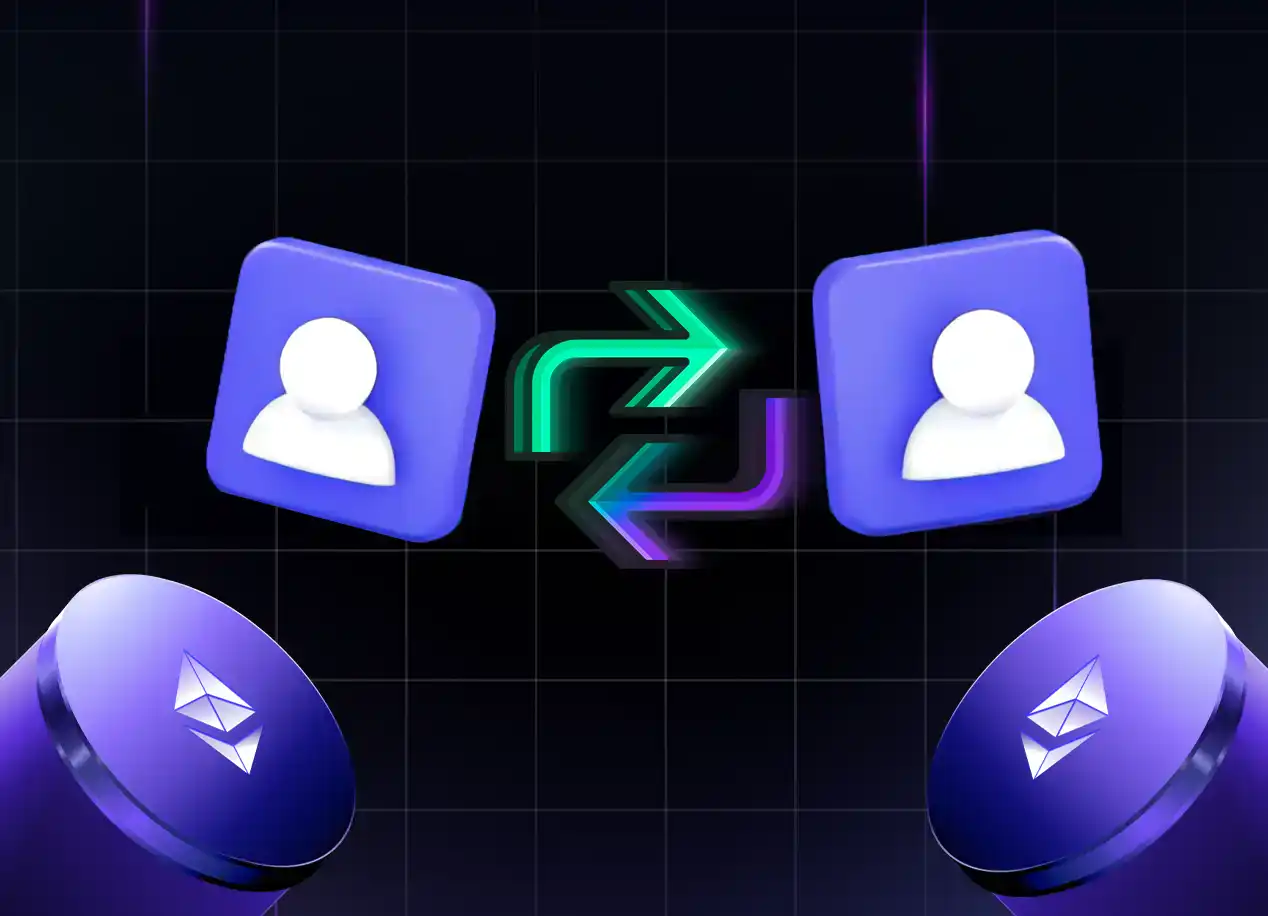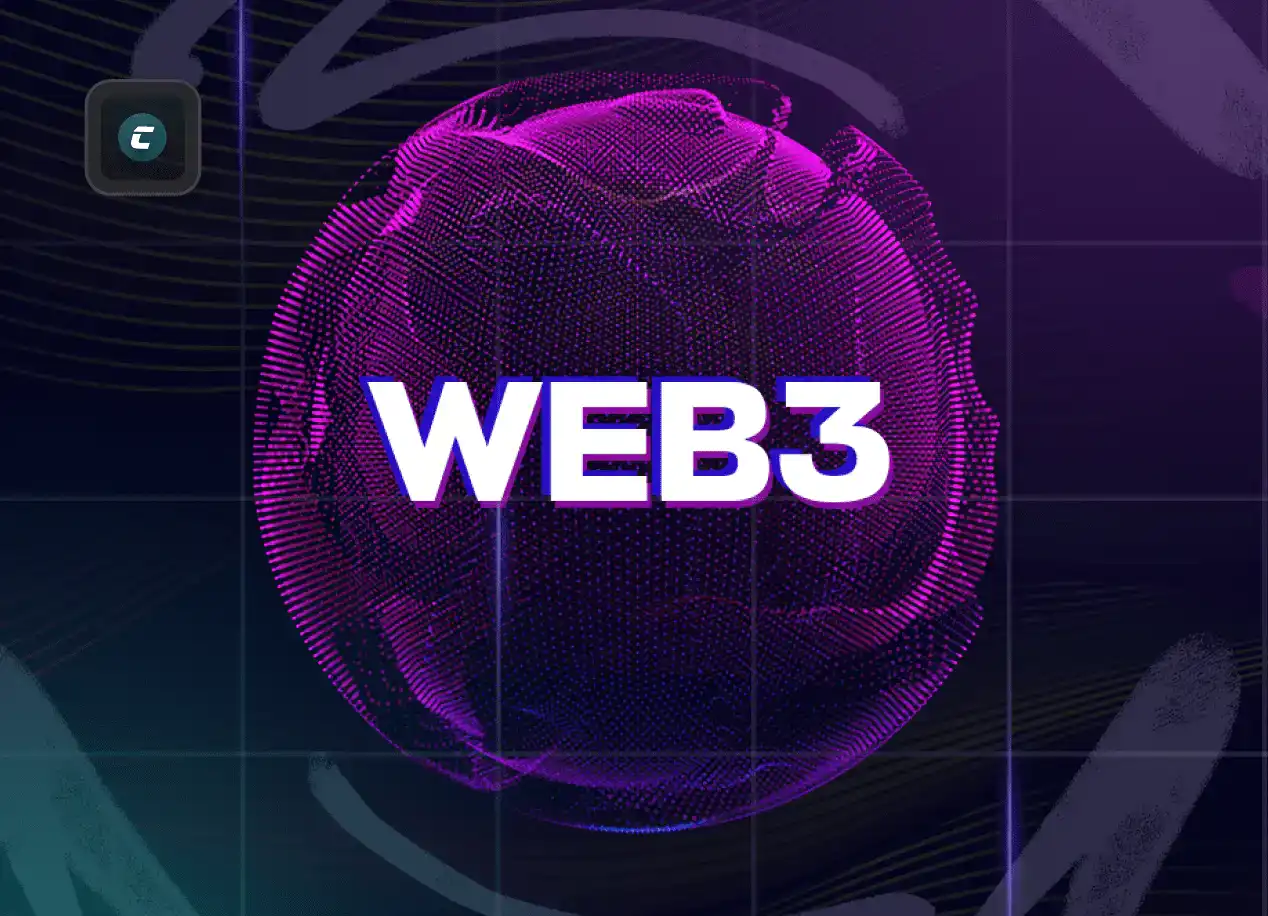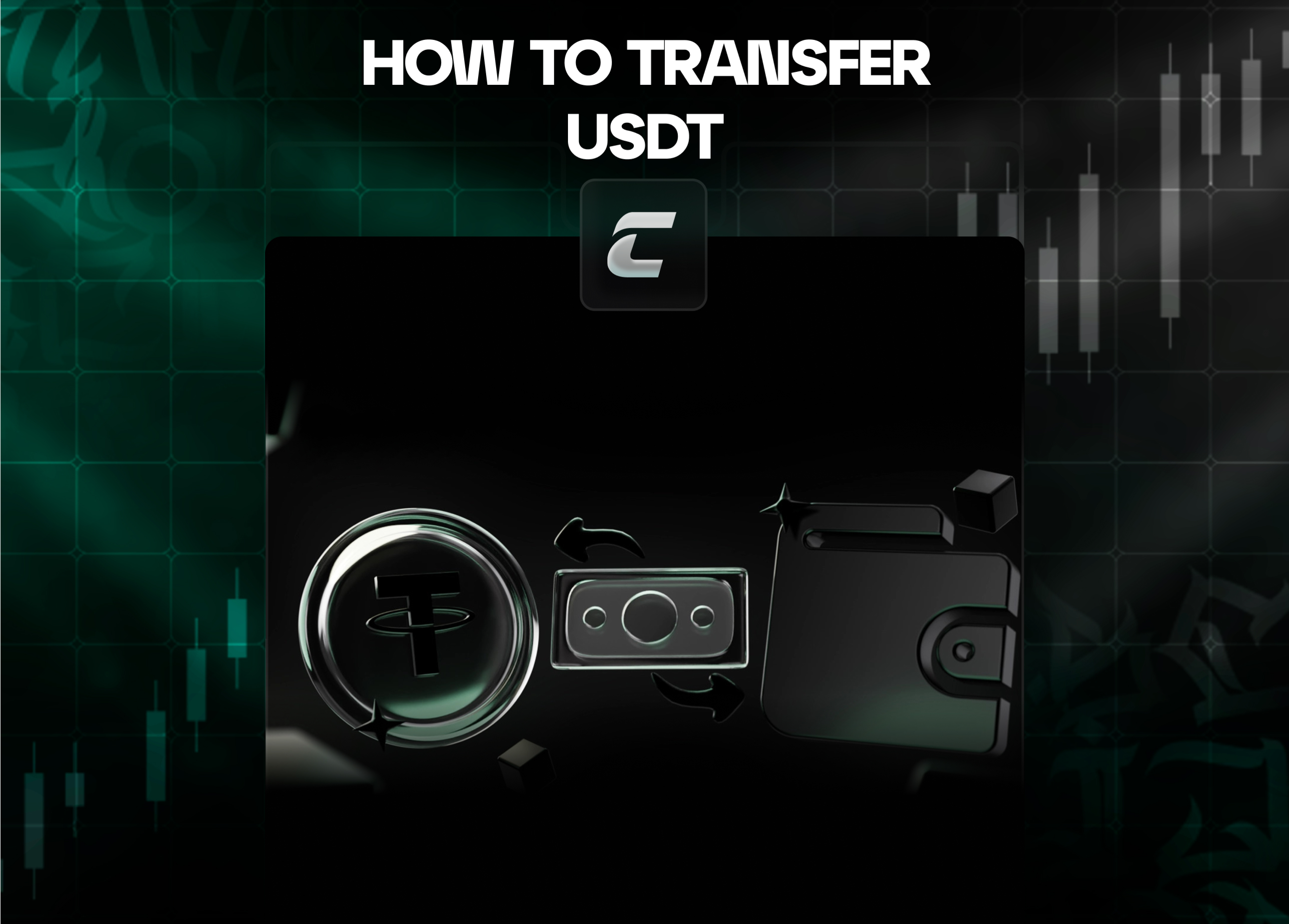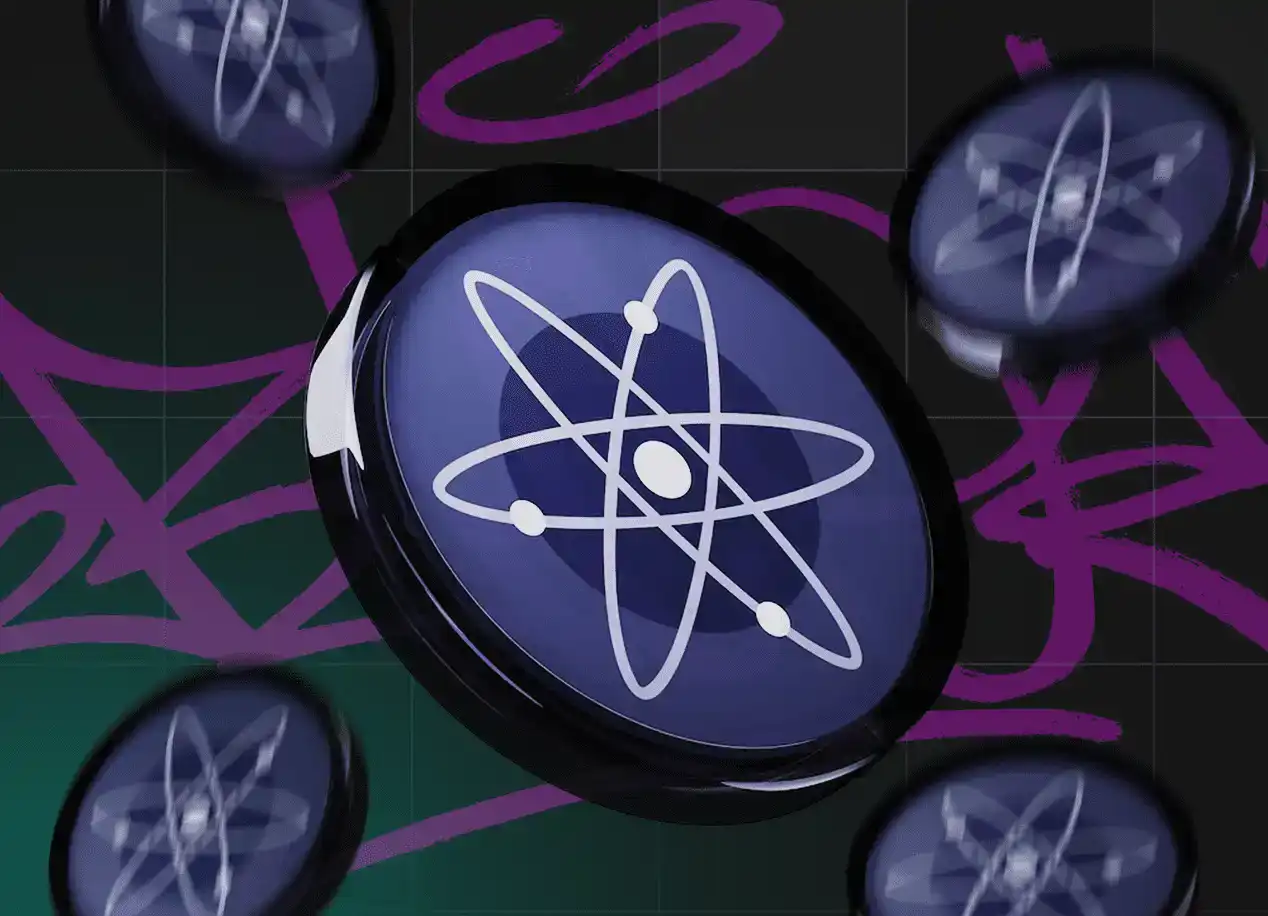
Экосистема Cosmos представляет собой децентрализованную сеть независимых друг от друга блокчейнов. Ее задача - решить проблему совместимости. Она была создана под руководством Дже Квона, который также является одним из основателей протокола Tendermint.
Краткая история экосистемы Cosmos
Начало создания Cosmos уходит в 2014 год. Тогда Дже Квон начал работать над Tendermint, алгоритмом консенсуса с византийской отказоустойчивостью (BFT). Целью являлось создание протокола, который мог бы поддерживать широкий спектр приложений и сценариев использования, от платежных систем до игровых платформ.
После разработки Tendermint Дже Квон понял, что его можно использовать в качестве основы для создания нового типа блокчейна. В 2016 году он основал компанию Tendermint Inc. с целью разработки экосистемы Cosmos.
Через несколько лет, а именно в 2017 году компания провела ICO для финансирования разработки экосистемы Cosmos. ICO прошло весьма успешно и позволило привлечь 17 миллионов долларов. Благодаря этому финансированию команда Cosmos смогла создать программное обеспечение и инфраструктуру, необходимые для поддержки сети Cosmos.
В марте 2019 года заработал Cosmos Hub, самый первый блокчейн. С тех пор экосистема значительно выросла: к сети присоединяются новые блокчейны, а на ее основе создается все больше приложений.

Краткий экскурс
Экосистема Cosmos построена на базе протокола “Tendermint”, который представляет собой алгоритм консенсуса BFT. А это значит то, что он разработан как быстрый, безопасный и масштабируемый, что делает его идеальным для использования в децентрализованной сети.
Экосистема Cosmos использует уникальную архитектуру, которая отделяет уровень консенсуса от уровня приложений. Это позволяет различным блокчейнам использовать разные алгоритмы консенсуса, сохраняя возможность взаимодействия друг с другом.
Экосистема использует уникальный протокол взаимодействия, который называется IBC (Inter-Blockchain Communication).
Этот протокол предоставляет для различных блокчейнов возможность коммуницировать и передавать данные и активы, даже если они используют разные алгоритмы консенсуса.
Cosmos: Фонды и инвестиции
Экосистема Cosmos привлекла более $100 млн финансирования от частных инвесторов. Среди наиболее значимых инвесторов - Paradigm, Bain Capital и 1confirmation.
- После успешного ICO 2017 года Cosmos привлекла значительные инвестиции от частных инвесторов.
- В 2019 в рамках серии B под руководством компании Paradigm было привлечено $55 млн.
- В 2020 году в рамках финансирования под руководством 1confirmation и при участии Bain Capital команда привлекла $10 млн.
Дорожная карта
- 2014 - Создан Tendermint, алгоритм консенсуса, который обеспечивает работу Cosmos.
- 2016 - Дже Квон основывает компанию Cosmos с целью создания блокчейн сети.
- 2017 - Cosmos привлекает $17,3 млн в ходе ICO.
- 2018 - Запущен мейннет Cosmos Hub, позволяющий пользователям передавать и обменивать активы между различными блокчейнами с помощью протокола межблокчейновой коммуникации (IBC).
- 2019 год - Обновление Stargate, направленное на повышение эффективности, безопасности и удобства использования Cosmos Hub.
- Создана Interchain Foundation, швейцарская некоммерческая организация, для развития экосистемы Cosmos и связанных с ней проектов.
- 2021 - Выпущен Cosmos SDK 2.0, предоставляющий улучшенные инструменты для разработки и настройки собственных блокчейнов с помощью Cosmos SDK.
- 2022 - Запущена Gravity DEX, децентрализованная биржа, позволяющая пользователям торговать активами на различных блокчейнах в рамках экосистемы Cosmos.
- 2023 - Экосистема продолжает улучшать свою совместимость с другими блокчейн-экосистемами - Polkadot и Ethereum.
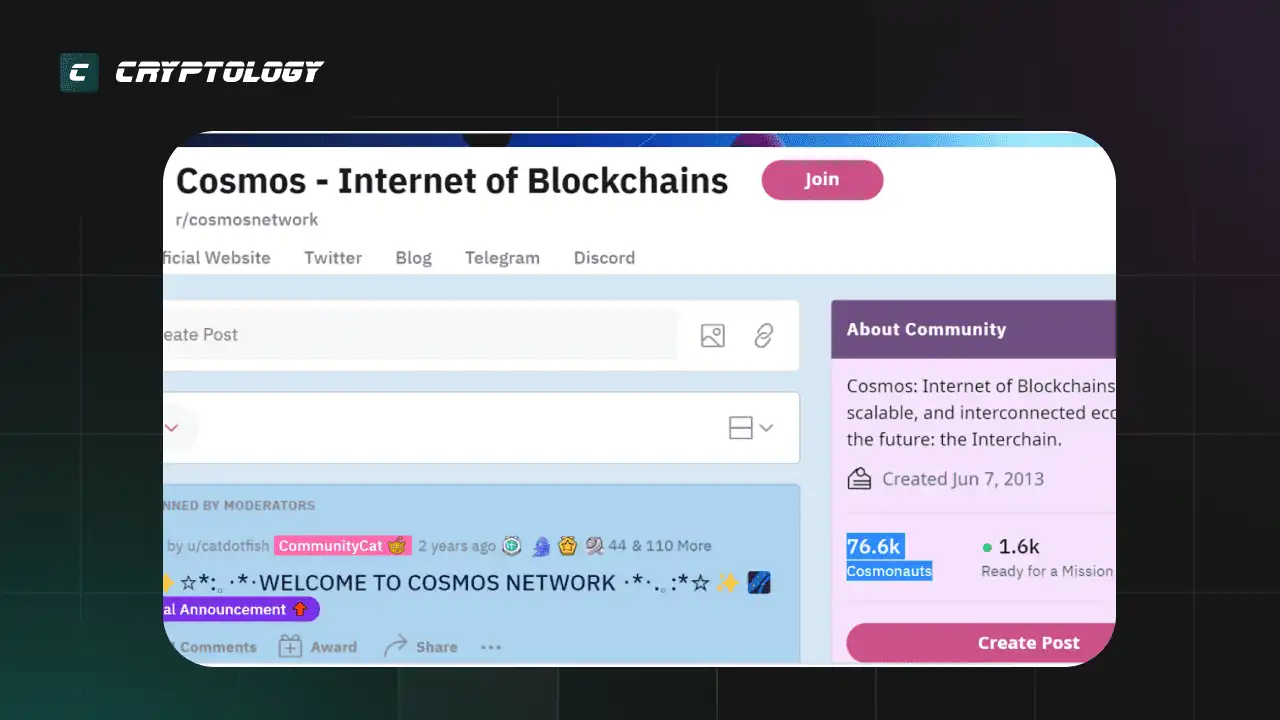
Социальная активность и комьюнити экосистемы Cosmos
Экосистема Cosmos имеет активное сообщество разработчиков, пользователей и инвесторов. Существует множество популярных социальных групп, твиттер-аккаунтов, блогов и других ресурсов, посвященных экосистеме Cosmos.
К наиболее популярным нишевым ресурсам относится Cosmos Forum - форум сообщества, где программисты и пользователи могут обсуждать сеть и ее приложения. Количество пользователей не очень высокое, но вовлеченность - большая: практически каждый зарегистрировавшийся становится постоянным участником.
Существует также группа Cosmos Telegram и сообщество Cosmos Reddit с более чем 76 тыс. участников.
Дополнительно - множество популярных аккаунтов в Twitter и блогов, посвященных экосистеме Cosmos.
Среди наиболее популярных - аккаунт Cosmos в Twitter, который насчитывает более 500 000 подписчиков, и блог Cosmos Blog, который регулярно обновляется новостями и обновлениями сети.

Базовый протокол Cosmos
Главная цель Cosmos – сделать блокчейны масштабируемыми, взаимодействующими и легко настраиваемыми. Экосистема Cosmos работает на базе протокола Tendermint Core.
Tendermint Core – это фундаментальная часть, на которой строится Cosmos. Это движок, обеспечивающий консенсус в блокчейн-системах. Одним из главных преимуществ Tendermint является его алгоритм консенсуса, который называется «BFT (Byzantine Fault Tolerance) Consensus». Tendermint является встроенным механизмом консенсуса по умолчанию. Однако разработчики имеют возможность выбрать альтернативный механизм консенсуса, если они решат, что Tendermint не подходит для их проекта.
Tendermint играет ключевую роль в поддержании безопасности системы, обработке транзакций и добавлении новых блоков в блокчейн. Особенностью консенсуса Tendermint является то, что как только транзакция подтверждена и включена в блок, она становится необратимой, то есть ее невозможно отменить или изменить. В такой системе, если большинство узлов (две трети) согласны с определенным блоком, он добавляется в блокчейн. Это обеспечивает высокий уровень безопасности.
В блокчейне Bitcoin безопасность транзакции увеличивается с добавлением каждого нового блока и большинство транзакций завершаются только после шести подтверждений.
Tendermint в свою очередь обеспечивает мгновенную финализацию. Как только транзакция включена в блок и блок добавлен в блокчейн, она сразу же считается завершенной. Это устраняет необходимость в ожидании множественных подтверждений и предоставляет высокий уровень безопасности и уверенности в том, что транзакции не могут быть отменены или изменены после их подтверждения.
Tendermint Core также выделяется своей производительностью и масштабируемостью. С точки зрения производительности, Tendermint Core способен обрабатывать большое количество транзакций в короткие сроки. Это достигается благодаря его эффективному алгоритму консенсуса, который ускоряет процесс подтверждения транзакций и формирования блоков. В результате, блокчейны, работающие на Tendermint, могут обрабатывать тысячи транзакций в секунду, что значительно превышает возможности многих других блокчейн-платформ. Это делает его идеальным для создания различных видов блокчейн-проектов.
Кроме того, Tendermint Core обеспечивает гибкость и расширяемость для блокчейн-систем. Благодаря модульной архитектуре и возможности легкой интеграции с различными приложениями и сервисами, блокчейны на основе Tendermint могут легко масштабироваться. Это позволяет создавать сложные и многофункциональные блокчейн-сети, которые могут эффективно работать как в малых, так и в больших масштабах.
Cosmos использует Tendermint не только для обеспечения безопасности и консенсуса, но и как средство для упрощения процесса разработки. Разработчики могут сосредоточиться на создании приложений и смарт контрактов, не заботясь об инфраструктуре блокчейна. Это значительно снижает порог вхождения для разработчиков и способствует инновациям.
Компоненты экосистемы Cosmos
Cosmos HUB
Cosmos Hub является центральным элементом в экосистеме Cosmos. Основная задача Cosmos Hub - обеспечивать межблокчейновое взаимодействие. Cosmos Hub отслеживает общее количество токенов в каждом блокчейне в пределах экосистемы Cosmos, позволяя различным блокчейнам обмениваться токенами без необходимости использования централизованных обменных площадок.
Это открывает возможности для создания комплексных экосистем, где каждый блокчейн может специализироваться на определенной функции, одновременно поддерживая глубокую интеграцию с другими цепочками в сети Cosmos.
Кроме того, Cosmos Hub также играет важную роль в обеспечении безопасности всей сети. Он использует механизм консенсуса Proof-of-Stake (PoS), где владельцы токенов ATOM могут участвовать в процессе валидации блоков (стейкинга), защищая сеть и зарабатывая дополнительные монеты.
ATOM
ATOM является нативным токеном экосистемы Cosmos и играет центральную роль в ее функционировании и управлении. Этот токен интегрирован в основу работы всей сети Cosmos.
ATOM служит инструментом управления в экосистеме Cosmos. Владельцы токенов имеют право голоса в принятии решений по ключевым вопросам, касающимся будущего и развития сети. Это включает в себя изменения в протоколе, обновления и другие важные изменения. ATOM также используется для оплаты комиссий за транзакции.
IBC (Inter-Blockchain Communication) Protocol
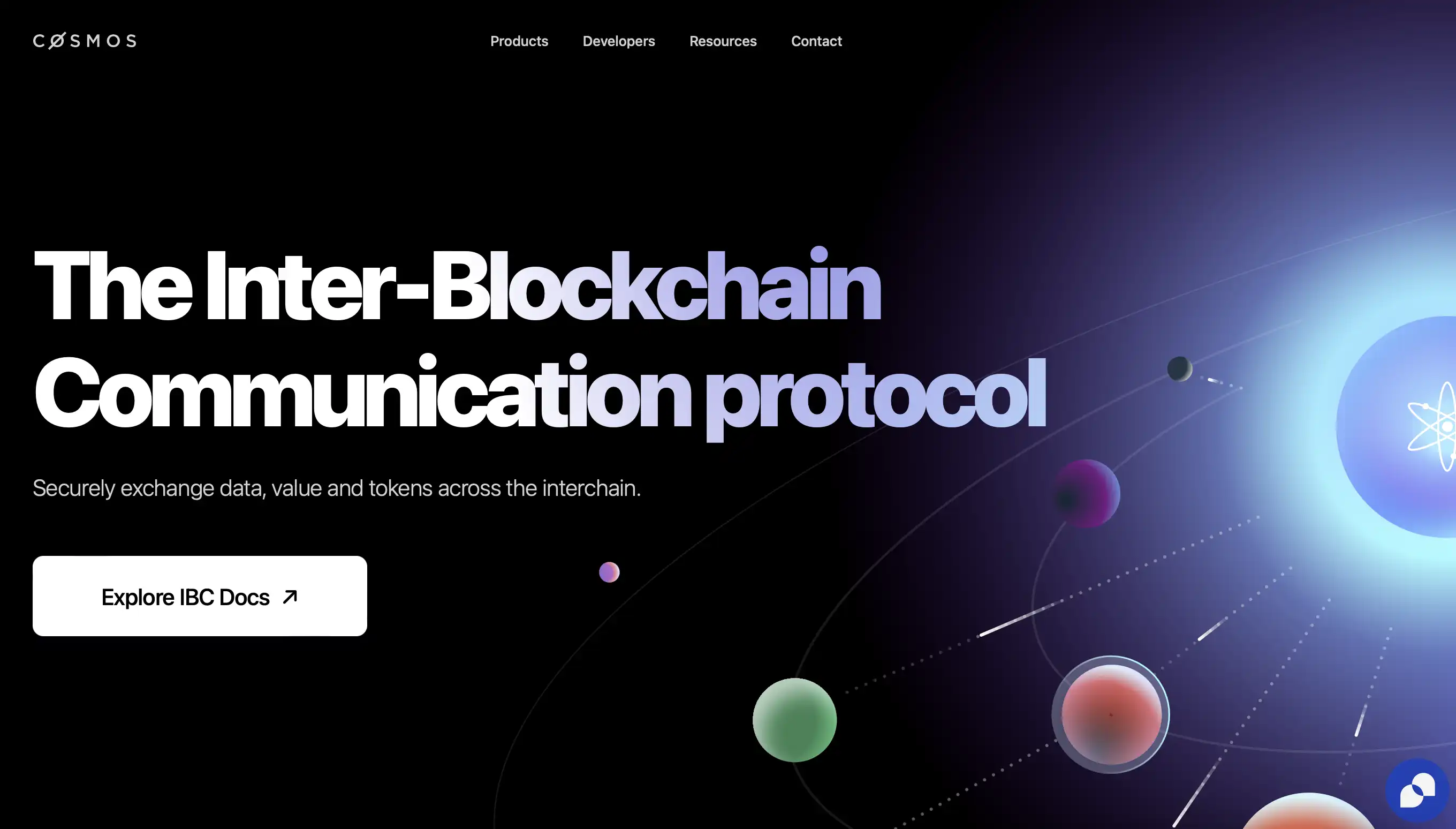
IBC (Inter-Blockchain Communication) Protocol является ключевым компонентом экосистемы Cosmos, предназначенным для обеспечения взаимодействия и передачи данных между разными блокчейнами.
Цель IBC – разрешить разным блокчейнам, даже если они построены на разных технологиях и принципах, безопасно обмениваться данными. Он служит не только для пересылки токенов, но и для обмена разными видами данных. Именно поэтому использовать Cosmos можно не только для создания децентрализованных бирж, но и для децентрализованных приложений в таких отраслях, как маркетинг, логистика и т.д. IBC также улучшает масштабируемость блокчейн-сетей, позволяя им распределить нагрузку и обрабатывать транзакции более эффективно. Благодаря этому сети, подключенные через IBC, могут достигать большей пропускной способности и лучшей производительности, чем это возможно в традиционных блокчейнах.
Основной функцией Cosmos Hub является отслеживание состояний каждой отдельной зоны в экосистеме и поддержание их взаимосвязи. Для достижения консенсуса в этой системе используется алгоритм Tendermint.
Cosmos Hub обеспечивает быстрое подтверждение транзакций (около 7 секунд), после чего транзакции становятся необратимыми. Кроме того, стоимость выполнения транзакции в сети составляет примерно 0,01 доллара.
В экосистеме Cosmos есть два основных типа блокчейнов: хабы (Hubs) и зоны (Zones), каждый из которых играет свою роль в обеспечении интероперабельности и масштабируемости сети.
Хабы (Hubs): хабы в экосистеме Cosmos действуют как центральные узлы, через которые проходят транзакции между разными зонами. Самым известным примером хаба является Cosmos Hub. Он служит своего рода коммуникационным и координационным центром, поддерживая обмен данными и токенами между разными блокчейнами в сети. Хабы обеспечивают безопасность и упрощают коммуникацию между зонами, что позволяет им сосредоточиться на своих уникальных функциях и приложениях.
Зоны (Zones): зоны - это отдельные блокчейны, которые подключаются к хабам. Каждая зона может быть разработана для конкретных целей и иметь собственную архитектуру и правила. К примеру, зона может быть оптимизирована для конкретного типа транзакций, смарт-контрактов или децентрализованных приложений. Зоны используют протокол IBC для взаимодействия с хабами и другими зонами, обмениваясь токенами и данными.
Зоны по существу представляют собой блокчейны, способные быстро финализовать транзакции, тогда как хабы функционируют как соединительные элементы, объединяющие эти зоны в единую сеть. Каждая зона является блокчейном, работающим на основе алгоритма консенсуса Tendermint.
Хабы, в свою очередь, технически аналогичны зонам, но их ключевое отличие заключается в их функции как центров, связывающих множество блокчейнов. Хабы упрощают и стандартизируют коммуникацию между многочисленными зонами, в то время как зоны могут быть настроены и оптимизированы для выполнения специфических задач или служб, обеспечивая гибкость и инновационность в рамках широкой экосистемы.
Эта архитектура позволяет Cosmos поддерживать расширенную сеть децентрализованных и взаимодействующих блокчейнов, каждый из которых может специализироваться на определенных функциях, сохраняя при этом общую связность и безопасность через хабы.
Cosmos SDK
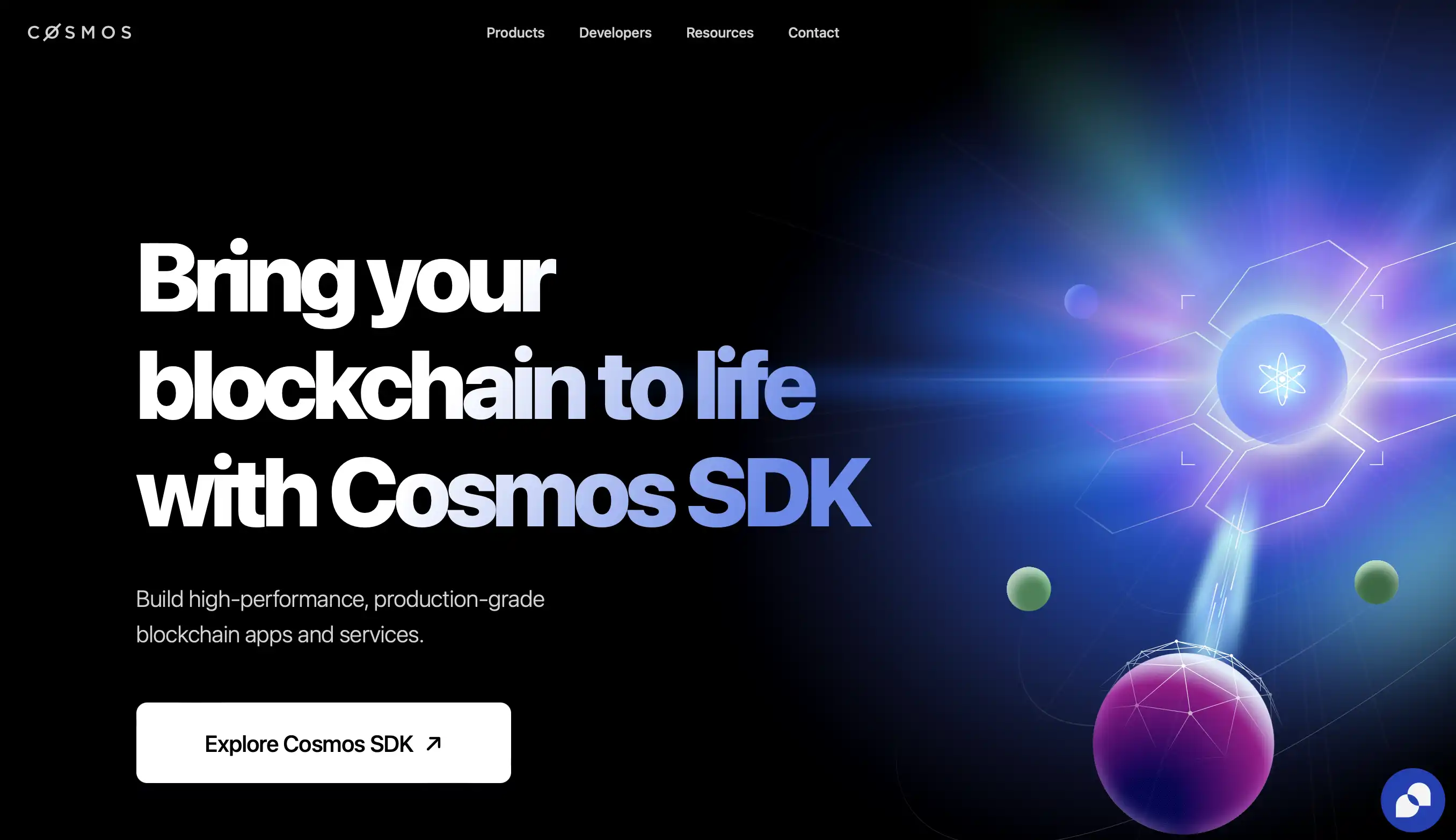
Cosmos SDK является базовой платформой для разработки блокчейнов. Это набор инструментов и библиотек, позволяющий разработчикам создавать блокчейн-приложения с высокой степенью модульности и гибкости.
Cosmos SDK разработан с учетом простоты использования и масштабируемости, что делает его доступным для разработчиков разного уровня квалификации.
Одной из ключевых особенностей Cosmos SDK является его модульность. Разработчики могут выбирать из имеющихся модулей, разрабатывать свои собственные или модифицировать их, чтобы отвечать конкретным требованиям их блокчейна. Эти модули охватывают широкий спектр функций, включая управление учетными записями, управление токенами, межблоковое взаимодействие и многое другое. Это позволяет создавать уникальные блокчейны, которые могут быть специально настроены для определенных приложений или потребностей.
В дополнение к модульности Cosmos SDK тесно интегрирован с Tendermint Core, обеспечивая блокчейнам, созданным с его помощью, высокую производительность и безопасность. Благодаря этой интеграции блокчейны на базе Cosmos SDK могут легко масштабироваться и обеспечивать быстрое достижение консенсуса.
ТОП монет экосистемы Cosmos
Cosmos (Atom) – нативный токен экосистемы Cosmos. Рыночная капитализация актива составляет – 4,320,205,206$. Токен выполняет несколько ключевых функций в сети. Во-первых, он используется в механизме стейкинга, где владельцы ATOM могут делегировать свои токены валидаторам для поддержки работы и безопасности сети, за что получают вознаграждения. Во-вторых, ATOM применяется для оплаты комиссий за транзакции в сети, обеспечивая операционную эффективность. ATOM является важным активом, обеспечивающим участие пользователей в экономике и управлении сети Cosmos.
Injective (INJ) является основным токеном управления и вознаграждения децентрализованной биржи (DEX) Injective Protocol. Рыночная капитализация актива составляет – $3,016,404,202. Владельцы токенов INJ имеют право голосовать по разным предложениям, касающимся развития протокола Injective. Кроме того, токен используется для оплаты комиссий по транзакции и торговле на платформе. INJ также применяется в механизме стейкинга для обеспечения безопасности сети и участия в управлении протоколом.
Cronos (CRO) – нативный токен биржи Crypto.com. Рыночная капитализация актива составляет – $2,513,623,389. Crypto.com – биржа, которая стала популярной прежде всего из-за своих криптокартов. Кроме этого, на ней, как и на любой другой, можно хранить криптовалюты и торговать. Токен CRO используется, прежде всего, как средство для оплаты комиссий на платформе Crypto.com. Он также служит инструментом для получения доступа к определенным привилегиям, таким как льготные тарифы на торговые операции, вознаграждения за вклады и скидки на криптовалютные карты.
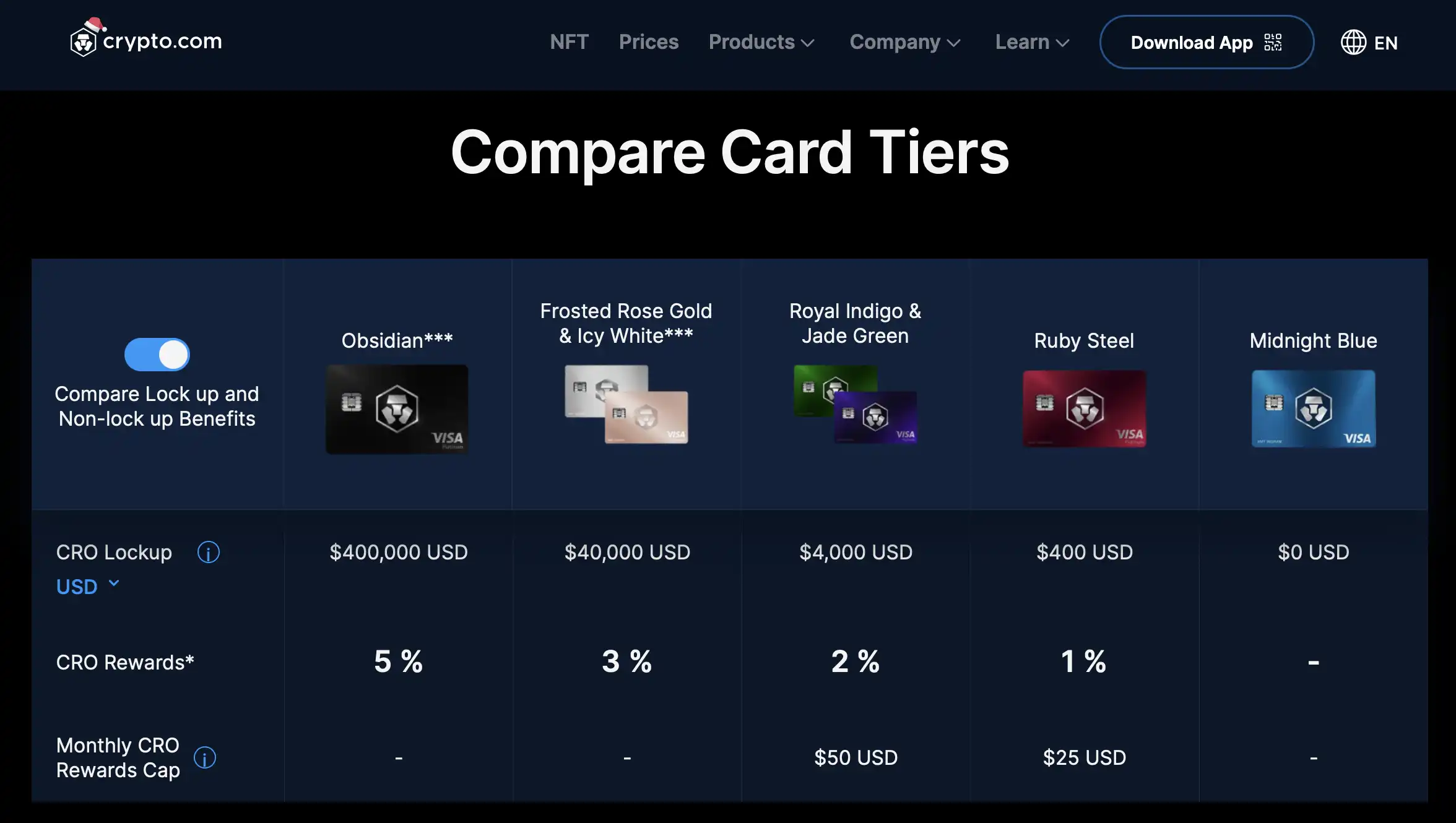
Кроме того, CRO можно стейкать на платформе, что позволяет пользователям зарабатывать проценты и участвовать в управлении некоторыми аспектами экосистемы.
Kava (KAVA) - это утилитный токен, являющийся частью экосистемы Kava, децентрализованной платформы, специализирующейся на кредитовании.
Рыночная капитализация актива составляет - $945,754,064.
Токен KAVA используется для участия в управлении платформой Kava, позволяя владельцам голосовать за предложения по изменениям в протоколе и параметрах системы. KAVA также служит для оплаты комиссий по транзакции в сети Kava. Кроме того, KAVA применяется в системе кредитования на платформе, где может использоваться как залог для получения кредитов в стейблокинах.
Преимущества экосистемы Cosmos
- Межблокчейновая коммуникация (IBC): эта особенность позволяет различным блокчейнам взаимодействовать и обмениваться данными и активами. Это преодолевает один из главных недостатков блокчейна – изолированность отдельных сетей.
- Масштабируемость. Благодаря модульной структуре и использованию Tendermint Core, блокчейны в Cosmos могут обрабатывать большое количество транзакций быстро и эффективно (10 000+ транзакций в секунду).
- Высокая степень гибкости и настраиваемости. Благодаря Cosmos SDK, разработчики могут создавать специфические для их нужд и приложений блокчейны. Это, в свою очередь, снижает технические барьеры для новых проектов.
- Децентрализованное управление. Экосистема Cosmos дает сообществу возможность напрямую участвовать в принятии ключевых решений и развитии сети.
Токеномика
Токен ATOM - это родной токен Cosmos. Он используется для защиты сети, стимулирования валидаторов и оплаты транзакций. Валидаторы отвечают за поддержание сети. За свою работу они получают вознаграждение в форме токенов ATOM. Пользователи также могут размещать свои ATOM для получения вознаграждения и участия в управлении.
Общее количество всех токенов ATOM составляет 267 023 478 ед. По состоянию на март 2023 года в обращении находится более 90 миллионов токенов ATOM, а рыночная стоимость составляет более 3.5 млрд. долларов (на март 2023).
Экосистема Cosmos имеет систему управления, которая позволяет держателям токенов голосовать по предложениям и изменениям в сети.

Все токены ATOM были изначально сгенерированы в генезис-блоке и распределены среди ранних инвесторов. После этого в экосистеме Cosmos была активирована инфляционная модель, предназначенная для вознаграждения валидаторов за их вклад в поддержание сети. Уровень инфляции в сети варьируется от 7% до 20%, в зависимости от общего количества монет, участвующих в стейкинге. ATOM не имеет жестко фиксированного максимального предела количества монет, но выпуск новых токенов регулируется механизмом инфляции, который адаптируется с течением времени в зависимости от уровня участия в стейкинге.
Предполагается, что к 2030 году общее количество "добытых" монет ATOM достигнет размера первоначального предложения, равного 236 198 958 монет, а количество валидаторов в сети Cosmos Hub увеличится до 300, что, как раз таки, потребует большего количества монет ATOM, участвующих в стейкинге. Однако, если инфляционный механизм не изменится, быстрый рост количества новых монет может оказать значительное давление на их стоимость.

Стейкинг ATOM
Одной из ключевых функций ATOM является участие в механизме консенсуса Proof-of-Stake (PoS) на Cosmos Hub. Стейкинг ATOM дает держателям токенов возможность участвовать в поддержке сети и зарабатывать вознаграждения. Стейкинг – это процесс, при котором владельцы токенов ATOM могут "замораживать" (стейкать) свои токены, чтобы поддержать безопасность и стабильность сети, и взамен получать вознаграждения.
Однако, стейкинг ATOM для обычных пользователей происходит посредством делегирования их токенов валидаторам.
Когда пользователь участвует в стейкинге, он фактически делегирует свои ATOM валидаторам – узлам в сети, ответственным за подтверждение транзакций и создание новых блоков. Валидаторы выбираются на основе количества токенов, замороженных на их поддержку, что создает систему, в которой более надежные и эффективные валидаторы получают больше поддержки.
За свою работу валидаторы получают вознаграждения, часть из которых распределяется между пользователями, делегировавшими им свои ATOM. Таким образом, участники стейкинга получают пассивный доход, размер которого зависит от эффективности и надежности выбранного валидатора. Однако при этом пользователи подвергаются определенному риску: если валидатор, которому были делегированы ATOM, действует неправомерно или неэффективно, это может привести к временной потере части замороженных токенов. Поэтому выбор надежного валидатора является ключевым моментом в процессе стейкинга.
Процесс делегирования монет происходит мгновенно, и пользователи имеют возможность в любой момент изменить валидатора, которому они делегировали свои монеты. Кроме того, они могут распределить свои монеты между несколькими валидаторами, что помогает уменьшить потенциальные риски. Процесс вывода из стейкинга занимает 21 день.
Стейкинг ATOM также связан с участием в управлении сетью. Держатели токенов, участвующие в стейкинге, получают право голоса в решениях, касающихся будущего и развития сети Cosmos, таких как обновления протокола или изменения в правилах сети.
Рыночное состояние
Экосистема Cosmos переживает значительный рост и развитие с момента своего запуска в 2019 году. Токен ATOM значительно вырос в цене: с момента запуска его стоимость увеличилась более чем на 1 500%. По состоянию на март 2023 года цена ATOM составляет около $12.
К наиболее популярным проектам, построенным на Cosmos, относятся Terra, Akash Network и IRISnet. Также экосистема отметилась партнерством с другими блокчейн-проектами, включая Binance и Kava.
Будущее выглядит радужным, поскольку в сети запланировано множество предстоящих событий и улучшений. Обновление Stargate, запуск которого запланирован на март 2023 года, представит новые функции и улучшения в Cosmos SDK. Запуск Gravity DEX, автономной децентрализованной биржи, которая позволит пользователям торговать активами на разных блокчейнах, запланирован на июнь 2023 года.
Конкурентный анализ
Cosmos часто сравнивают с Polkadot, Ethereum, Cardano и Avalanche.
Одним из главных преимуществ экосистемы Cosmos является ее ориентация на совместимость. Cosmos SDK позволяет разработчикам создавать и подключать свои собственные блокчейны, которые могут взаимодействовать друг с другом и беспрепятственно обмениваться данными и активами.
Для сравнения, некоторые другие экосистемы, такие как Ethereum, имеют более централизованный подход к совместимости и требуют большего количества усилий для подключения различных блокчейнов.
Cosmos также уделяет большое внимание безопасности и масштабируемости. Алгоритм Tendermint разработан для обеспечения безопасности и эффективности. Для сравнения, некоторые другие экосистемы, такие как Polkadot, все еще работают над улучшением своей безопасности и масштабируемости.
В целом, хотя у каждой из этих экосистем есть свои сильные и слабые стороны, экосистема Cosmos выделяется своей ориентацией на совместимость, децентрализованное управление, безопасность и масштабируемость, а также активным сообществом.

Заключительные мысли от команды Cryptology KEY об экосистеме Cosmos
Экосистема Cosmos представляет собой инновационное решение, направленное на решение проблем масштабируемости и интероперабельности. Её ключевая особенность – возможность различных блокчейнов взаимодействовать друг с другом через протокол IBC. Благодаря этому у разработчиков появляется больше возможностей для создания сложных и многофункциональных децентрализованных приложений. В это же время Cosmos SDK и Tendermint Core предоставляют разработчикам гибкие и мощные инструменты для создания настраиваемых блокчейнов, позволяя им сосредоточиться на инновациях и разработке приложений, вместо борьбы с техническими ограничениями.
В целом, Cosmos представляет собой перспективную экосистему, которая может внести значительный вклад в развитие блокчейн-технологий. Cosmos позиционирует себя как одного из ведущих игроков в этой области, предоставляя мощную альтернативу существующим блокчейн-платформам. Перспективы Cosmos кажутся светлыми, особенно с учетом продолжающихся инноваций и разработок, которые уже находятся на горизонте. Мы можем только ожидать новых положительных новостей и достижений от этого инновационного и захватывающего проекта.
Что такое экосистема Cosmos?
Чем Cosmos отличается от других блокчейнов, таких как Ethereum или Bitcoin?
Что такое зоны в экосистеме Cosmos?
Какой токен используется в экосистеме Cosmos?

Тогда расскажи друзьям – пусть тоже прокачивают свои навыки. Поделиться можно легко с помощью кнопок внизу или просто скопировав ссылку. Мы будем рады твоим отметкам в соц. сетях!
Поделиться
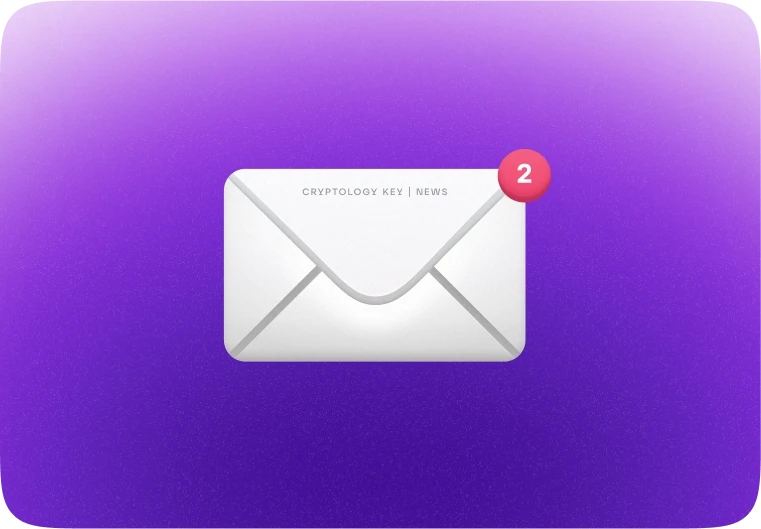
Подписывайся на нашу email-рассылку и получай свежие аналитические обзоры, новости, инсайты и приглашения на прямые эфиры прямо в свой почтовый ящик. Никакого спама — только ценная информация для трейдеров!


